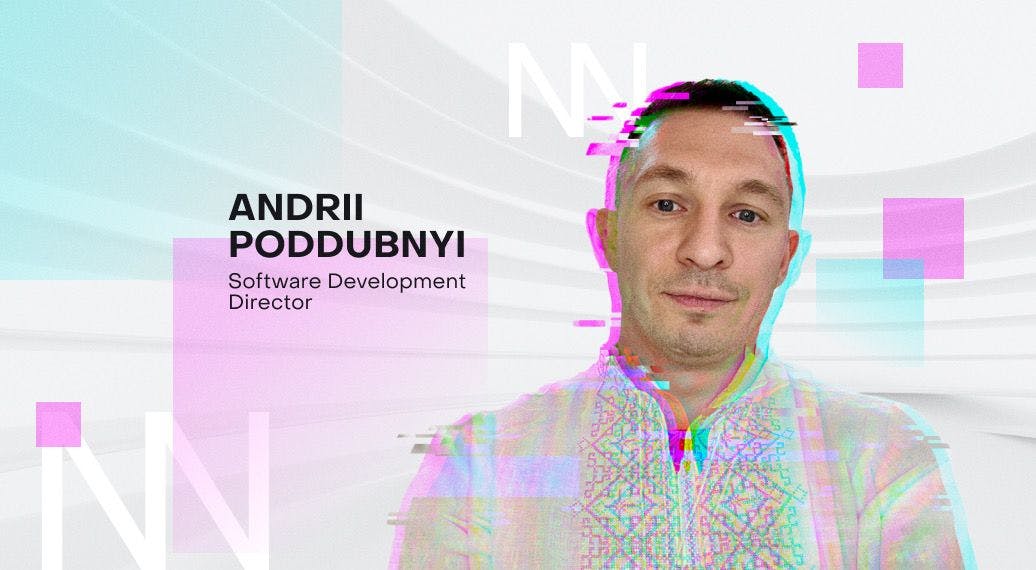238 reads
Beyond Numbers: Embracing Contextual Intelligence in Engineering Leadership
by
June 27th, 2023
Audio Presented by

I am a Engineering Director at Innovecs, a global digital transformation company
About Author
I am a Engineering Director at Innovecs, a global digital transformation company
